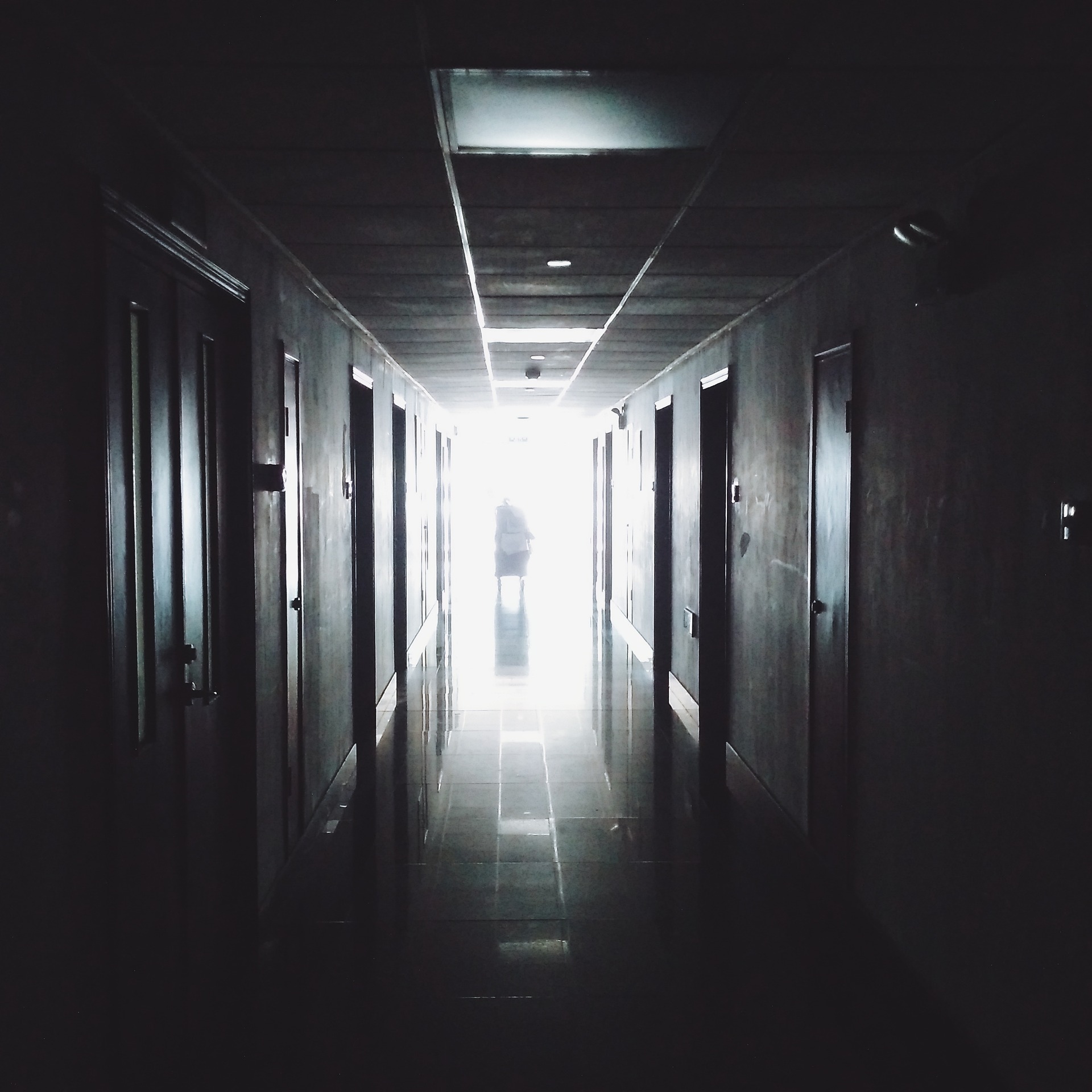
Geneva: Three quarters of people living with epilepsy in low-income countries do not get the treatment they need, increasing their risk of dying prematurely and condemning many to a life of stigma according to the World Health Organization (WHO). The findings were published in the “Epilepsy, a public health imperative” report released by WHO and leading nongovernmental organisations for epilepsy. “The treatment gap for epilepsy is unacceptably high, when we know that 70 percent of people with the condition can be seizure-free when they have access to medicines that can cost as little as $5 per year and can be delivered through primary health systems,” said Dr Tarun Dua, from WHO’s Department of Mental Health and Substance Abuse. The report showed that the risk of premature death in people with epilepsy is up to three times higher than the general population. In low- and middle-income countries, early death among people with epilepsy is significantly higher than in high-income countries. Reasons for this premature mortality in low- and middle-income countries, according to WHO, are likely associated with lack of access to health facilities when seizures are long-lasting or occur close together without recovery in between, and preventable causes such as drowning, head injuries and burns. Roughly half of adults with epilepsy have at least one other health condition, the global body stated in a press release The most common are depression and anxiety: 23 percent of adults with epilepsy will experience clinical depression during their lifetime and 20 percent will have anxiety. Mental health conditions such as these can make seizures worse and reduce quality of life. Development and learning difficulties are experienced by 30-40 percent of children with epilepsy. Stigma about the condition is also widespread. “The stigma associated with epilepsy is one of the main factors preventing people from seeking treatment,” said Dr Martin Brodie, President of the International Bureau for Epilepsy. “Many children with epilepsy do not go to school and adults are denied work, the right to drive and even to get married." But the report also shows that when the political will exists, the diagnosis of and treatment for epilepsy can be successfully integrated into primary health services. Pilot programmes introduced in Ghana, Mozambique, Myanmar and Vietnam as part of WHO’s “Reducing the epilepsy treatment gap” programme have led to a considerable increase in access, such that 6.5 million more people have access to treatment for epilepsy should they need it. “We know how to reduce the epilepsy treatment gap. Now action to introduce the measures needed to make a difference needs to be accelerated,” said Dr Samuel Wiebe, President of the International League Against Epilepsy. “Ensuring uninterrupted supply of access to anti-seizure medicines is one of the highest priorities, as is training of non-specialist health providers working in primary health-care centres.” Causes of epilepsy include injury around the time of birth, traumatic brain injury, infections of the brain (such as meningitis or encephalitis) and stroke. It is estimated that 25 percent of cases can be prevented. Effective interventions for prevention of epilepsy can be delivered as part of broader public health responses in maternal and newborn health care, communicable disease control, injury prevention and cardiovascular health.